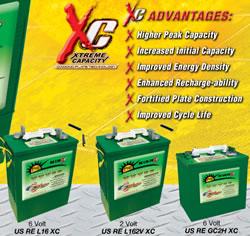Scottish Renewables calls for more robust mapping of wild land
Scottish Renewables, which represents more than 330 organisations working in the renewable energy industry in Scotland, has highlighted a number of points of concern including how wild land has been defined and the accuracy of those areas deemed ‘core wild land'.
Responding to a consultation from Scottish Natural Heritage on a new map of wild land, Scottish Renewables has called for a more ‘robust and defensible' way to protect Scotland's most valued landscapes.
Joss Blamire, Senior Policy Manager for Scottish Renewables, said: "We have some major concerns over how SNH will be able to soundly assess areas believed to be wild when they've taken a largely desk-based approach. How can someone sat in front of a computer capture how wild a specific landscape is hundreds of miles away and then grade it according to such basic criteria? There is no substitute for an on-the-ground assessment on a case-by-case basis."
Scottish Renewables, which represents more than 330 organisations working in the renewable energy industry in Scotland, has highlighted a number of points of concern including how wild land has been defined and the accuracy of those areas deemed ‘core wild land'.
Mr Blamire added: "The biggest threat to Scotland's environment is undoubtedly climate change – with renewables being one of the most effective solutions. But that doesn't mean we can or should build anywhere, which is why we welcomed the Scottish Government's proposal to designate National Parks and National Scenic Areas as ‘no go' zones for large scale wind farm development for the first time.
"However, the difficulty we have lies with the methodology behind the mapping exercise for wild land and its proposed role in planning. There's a real danger we are starting with something that is both inaccurate and out of date."
Concluding the consultation response, Mr Blamire said: "A more robust and defensible methodology would be to use a wild land map as a tool to help indicate areas in which developments may need to demonstrate that they can exist without harming the potential wildness of the landscape, rather than ruling them out without proper consideration."
Featured Product

U.S. BATTERY RENEWABLE ENERGY SERIES DEEP CYCLE BATTERIES
Our RE Series batteries are designed to provide the highest peak capacity, longest cycle life, and greatest reliability for use in industrial or residential renewable energy applications. Renewable Energy Series batteries utilize the company's exclusive XC2â„¢ formulation and Diamond Plate Technology® to create the industry's most efficient battery plates, delivering greater watt-hours per liter and watt-hours per kilogram than any other flooded lead-acid battery in the market. Our Deep Cycle batteries are engineered to work with solar panels as well as other renewable energy applications.
